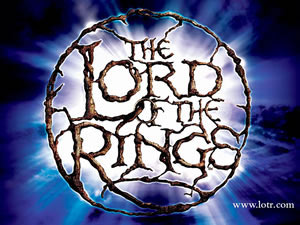K.A. Laity’s Unikirja: Dream Book
I want to take a short break from the subject of our recent trip to tell you about a special book that I’m very excited to learn is now published and available: Unikirja: Dream Book. Author Kate A. Laity has Finnish roots, owns several kanteles which she plays too and has a blog Wombat’s World.
Here’s a most intriguing description of Unikirja:
The schemes of witches and sages and giants. Doomed marriages and supernatural bargains. The magic of music, of the sauna, of family. A fish who’s a girl, a girl who’s a wolf. The creation of the world. Author K. A. Laity weaves timeless magic in UNIKIRJA. Tales from the KALEVALA and KANTELETAR, the ancient myths and folktales of Finland, receive new life and meaning in these imaginative retellings. Mixing the realistic with the fantastic, the mythic with the modern, the dream-tales of UNIKIRJA reinterpret the beauty of the original, time-honored Finnish stories for contemporary readers.
Some readers may remember my post about Kate’s amazing trip to Finland’s rock art site in Astuvansalmi. The wonderful image on the cover of Unikirja looks like it may be from there!
To assist readers unfamiliar with Finnish myths and folklore, Kate has written a bit of a background about the The Kalevala and The Kanteletar as well as a couple of tastes or excerpts: Vipunen and Palakainen.
Naturally this book is of special interest for me so I shall be ordering it right away! Congratulations, Kate!









 The much-anticipated musical theatre version of The Lord of the Rings made its formal début in a gala première in Toronto on Thursday evening, and the reactions of the audience suggested that the massive production would not be leaving town very soon.
The much-anticipated musical theatre version of The Lord of the Rings made its formal début in a gala première in Toronto on Thursday evening, and the reactions of the audience suggested that the massive production would not be leaving town very soon.